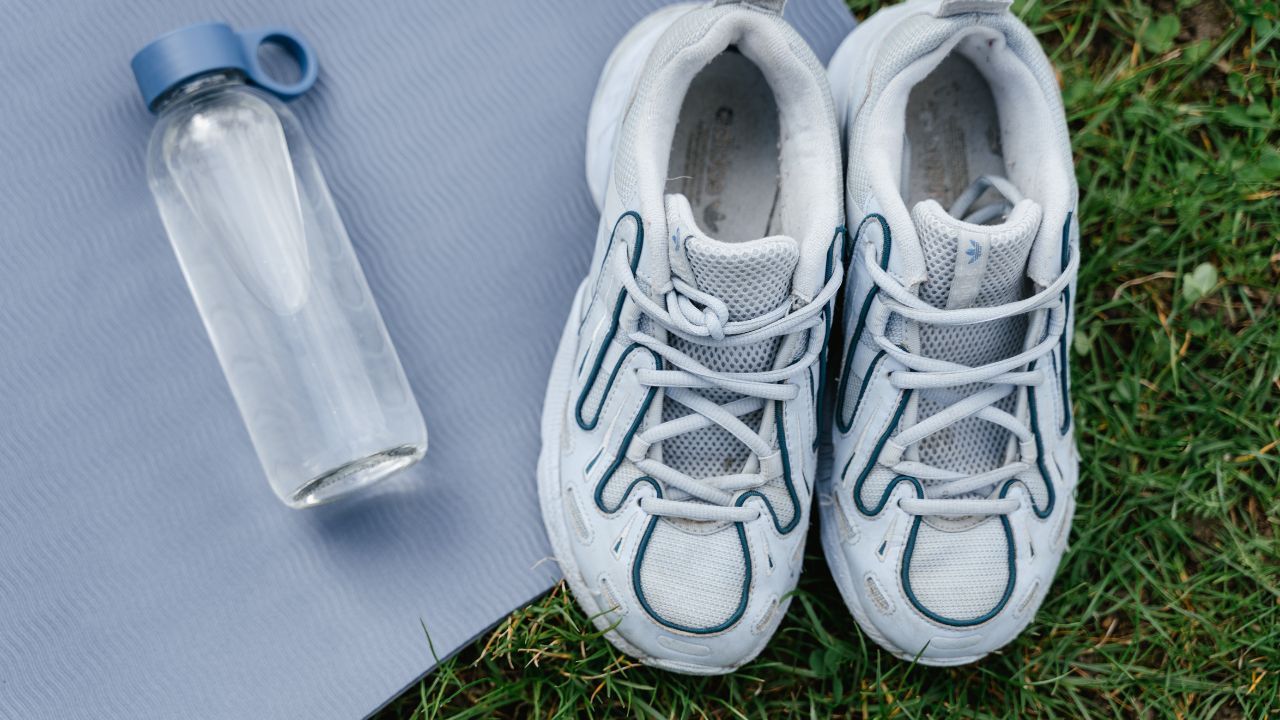
The Importance of Choosing the Right Shoes
When it comes to injury prevention, one of the most crucial factors is wearing proper footwear. The right shoes can make a significant difference in protecting your feet, ankles, and even your entire body from various types of injuries. Whether you are an athlete, a fitness enthusiast, or simply someone who wants to maintain an active lifestyle, investing in high-quality, well-designed shoes is essential.
Key Features of Injury-Preventing Footwear
Several key features make certain shoes more effective at preventing injuries than others. These include:
1. Arch support: Proper arch support helps distribute your body weight evenly across your feet, reducing the strain on your muscles and joints. This is particularly important for people with flat feet or high arches, as they are more prone to developing foot-related issues.
2. Cushioning: Adequate cushioning in the midsole and insole of your shoes helps absorb the impact of each step, minimizing the stress on your feet, ankles, and knees. This is especially crucial for high-impact activities like running or jumping.
3. Stability: Shoes with good stability features help keep your feet and ankles in proper alignment, reducing the risk of sprains, twists, and other injuries. This is particularly important for people with overpronation or supination issues.
4. Traction: Proper traction on the outsole of your shoes helps prevent slips and falls, which can lead to serious injuries. Look for shoes with slip-resistant soles that provide a good grip on various surfaces.
5. Shock absorption: Shoes with excellent shock absorption properties help reduce the impact of each step on your body, minimizing the risk of stress fractures, shin splints, and other overuse injuries.
6. Ankle protection: High-top shoes or those with ankle support features can help prevent ankle sprains and other injuries, especially during activities that involve quick directional changes or uneven terrain.
Choosing the Right Shoes for Your Needs
When selecting shoes for injury prevention, it is important to consider your specific needs and activities. Different types of shoes are designed for various purposes, such as running, walking, cross-training, or sport-specific activities. By choosing shoes that are tailored to your needs, you can ensure that you are getting the best possible protection for your feet and lower body.
It is also essential to ensure that your shoes fit properly. Shoes that are too tight or too loose can cause blisters, chafing, and other issues that can lead to injuries. When trying on shoes, make sure there is enough room in the toe box for your toes to move comfortably, and that your heel fits snugly without slipping.
Replacing Your Shoes Regularly
Even the best shoes will wear out over time, losing their ability to provide adequate support and protection. As a general rule, it is recommended to replace your shoes every 300-500 miles or every 6-8 months, depending on your activity level and the wear and tear on your shoes.
If you notice that your shoes are starting to show signs of wear, such as compressed cushioning, worn-out treads, or frayed materials, it is time to invest in a new pair. Continuing to wear worn-out shoes can increase your risk of injuries and lead to long-term foot and lower body issues.
The Benefits of Proper Footwear
By investing in high-quality, well-designed shoes and replacing them regularly, you can enjoy numerous benefits, including:
1. Reduced risk of injuries: Proper footwear helps prevent a wide range of injuries, from minor blisters and chafing to more serious issues like sprains, strains, and stress fractures.
2. Improved performance: Shoes that provide adequate support, cushioning, and stability can help you perform better in your chosen activities, whether you are running a marathon or playing a game of basketball.
3. Enhanced comfort: Wearing shoes that fit properly and provide the right level of support and cushioning can help keep your feet comfortable, even during long periods of activity.
4. Better overall health: By preventing injuries and promoting healthy foot function, proper footwear can contribute to better overall health and well-being.
Conclusion
In summary, proper footwear plays a crucial role in injury prevention. By choosing shoes with key features like arch support, cushioning, stability, traction, shock absorption, and ankle protection, and ensuring that they fit properly and are replaced regularly, you can significantly reduce your risk of injuries and enjoy a more active, healthy lifestyle.
 Mobility trainingHome Fitness RecoverySports Injury PreventionPersonal Physical TherapyOrthopedic SolutionsPrivacy PolicyTerms And Conditions
Mobility trainingHome Fitness RecoverySports Injury PreventionPersonal Physical TherapyOrthopedic SolutionsPrivacy PolicyTerms And Conditions
